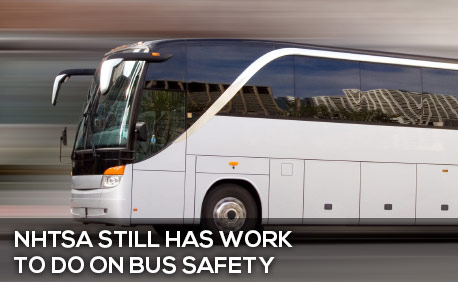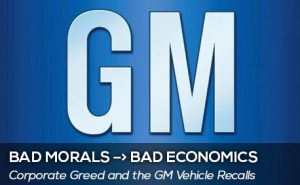 “What’s the buzz, tell me what’s a-happening, what’s the buzz, tell me what’s a-happening . . . .” Andrew Lloyd Webber’s 70’s rock musical Jesus Christ Superstar posed the question. And I have the answer:
“What’s the buzz, tell me what’s a-happening, what’s the buzz, tell me what’s a-happening . . . .” Andrew Lloyd Webber’s 70’s rock musical Jesus Christ Superstar posed the question. And I have the answer:
“The buzz” is achieved by drinking alcohol to a BAC level of 0.01 to 0.07 percent, less than the 0.08 BAC of drunk driving. And “what’s a-happening” is that lots of folks are going to be doing it between now and New Year’s Day and getting behind the wheel. They’re going to think – mistakenly – that because they are only buzzed, rather than drunk, they’re unlikely to cause an accident.
Researchers at the University of California, San Diego, however, have found that even “minimally buzzed” drivers are more often to blame for fatal car crashes than sober drivers. After analyzing statistics from the nationwide Fatality Analysis Reporting System (FARS), they concluded: “There appears to be no safe combination of drinking and driving . . . .” There is no sudden transition from sober (blameless) to drunk (dangerous). Rather, the progression is even and linear from a BAC of 0.01 to BAC 0.24. Even a small amount of alcohol can cause a fatal crash.
 South Carolina Lawyer Blog
South Carolina Lawyer Blog





